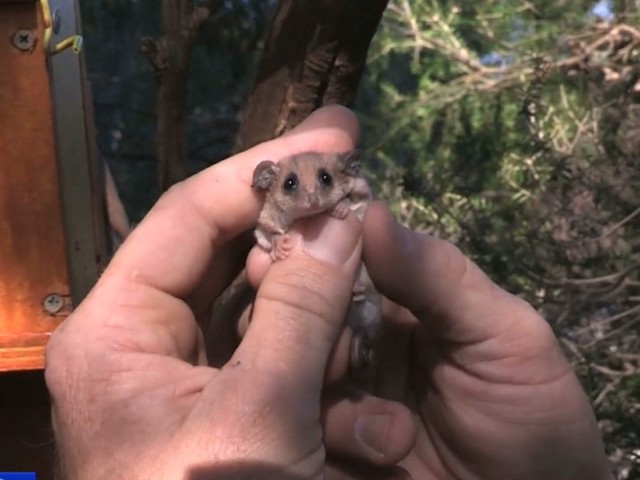Australia has lost more mammals to extinction than any other country. And with cuts to the government agency charged with saving animals, scientists fear more species will be at risk. CGTN’s Greg Navarro reports.
Wildlife enthusiast John Cann says it’s tough to describe the experience of ending a 20 year search for a creature so rare that it can only be found in one remote Australian waterway.
“I just sat there and waited and it came back up again, and sure enough, was a Mary River turtle,” Cann recounted. “I’d never seen a big one before in my life.”
The Mary River turtle, with its distinctive green algae mohawk, was recently added to a global list of endangered species.
“…it’ll come back,” says Cann. “But, I think it needs government funding to save these critters.”
According to Evan Quartermain, head of programs at Humane Society International Australia, “There was a recovery plan prioritized for that species and a working group developed with a fair bit of money poured into sorting that out but, here we are ten years down the tract and there has been no draft even released.”
Some of Australia’s unique creatures have become a part of the country’s identity – and economy – by helping to drive tourism.
But there is a growing concern that not enough is being done to protect them.
University of Sydney lecturer Thomas Newsome studies the impacts that humans have on animals to help create conservation strategies.
“Just recently the federal government has reduced or pulled the funding from our major flagship long-term monitoring campaigns in Australia,” he explains, “and these are projects that have been going for almost 30 years now.”
Half of the world’s mammal extinctions have occurred in Australia. Thirty known animals were lost in the last 30 years, including the Tasmanian Tiger. Introduced predators such as cats and foxes are the biggest threats.
Development, which leads to habitat loss, is another huge contributing factor. In fact, scientists say the amount of land clearing currently taking place here in Queensland is on par with what’s happening in the Amazon.
“As humans have spread around the world, we’ve seen extinctions all over the place,” says Quartermain.
Efforts are underway to cull feral cats and protect several endangered species – including the eastern quoll and Tasmanian devil.
But conservation groups say not enough is being done to stop development in fragile ecosystems.
“We are continually faced by lobby groups who oppose this sort of environmental regulation who claim the it is green tape and tying up economic development – that is simply not the case,” Quartermain contends.
Scientists warm that Australia needs to have a better system of protecting its animals, otherwise fewer searches like John Cann’s will end in success.
 CGTN America
CGTN America

